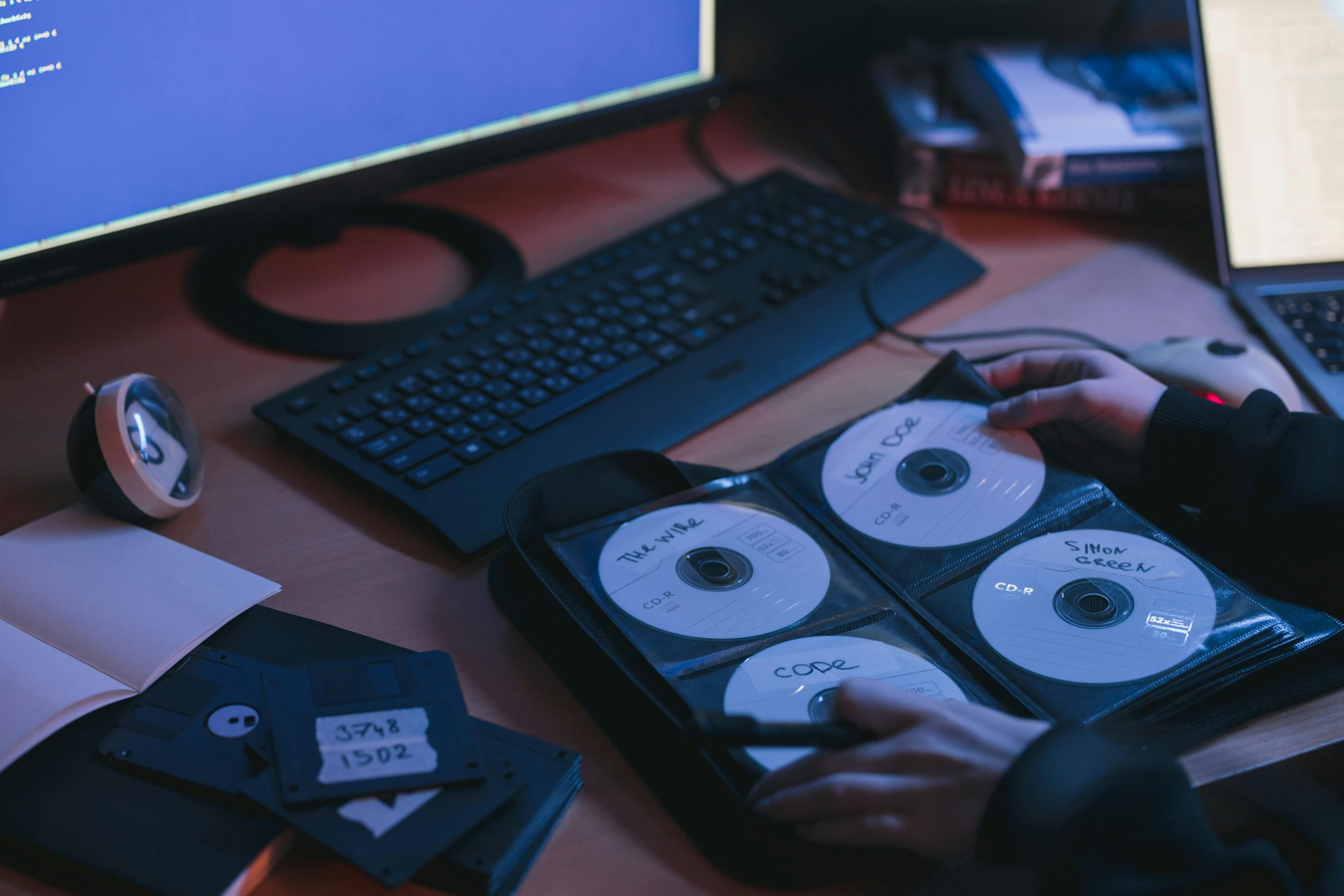Understanding Persistent Cloning Failures: A Case Study of Common Disk Cloning Challenges
Introduction
Disk cloning is an essential process for data migration, system upgrades, and disaster recovery. However, users often encounter perplexing issues that hinder successful cloning endeavors. In this article, we explore a real-world scenario where multiple cloning tools failed to produce a bootable copy of a Windows 10 system, despite repeated efforts. Through this case study, we aim to shed light on common pitfalls and offer insights into troubleshooting such problems.
The Scenario
A user owns a PC with three storage devices:
- A 260GB NVMe SSD containing Windows 10
- A 500GB SSD used for gaming and general storage
- A 4TB HDD for downloaded files
The 260GB NVMe is full, prompting the user to purchase a 1TB NVMe SSD to upgrade the system drive. The goal was to clone the existing Windows installation from the full NVMe to the new, larger drive.
Repeated Cloning Attempts
Over the course of three days, the user employed five different disk cloning software tools in an attempt to duplicate the OS drive. Despite these efforts, each attempt failed, with the cloned system not booting properly. The error message indicated that winload.exe was missing, preventing Windows from starting.
Key Observations and Challenges
- Cloning Behavior with DiskGenius
One notable aspect was the behavior observed with DiskGenius. During cloning, the program identified the 500GB drive as a “System Reserved” partition. It attempted to include this partition within the clone, placing it as a separate partition on the new drive. This is a common approach in cloning software, as system reserved partitions are important for boot management.
However, it appears that when cloning the OS drive, DiskGenius attempted to clone more partitions than necessary, or in a manner that caused boot problems. Interestingly, this behavior seemed unique to DiskGenius, as other tools did not replicate it.
- Potential Causes of Cloning Failures
Multiple factors can contribute to such cloning issues:
-
Partition Structure and System Reserved Partitions: Miscloning or missing system reserved partitions can prevent Windows from booting. If these are not correctly copied or configured, the boot files (including
winload.exe) may be missing or inaccessible. -
Cloning of Boot Partitions: Cloning software must correctly handle active, system, and boot partitions to ensure a bootable
Share this content:



